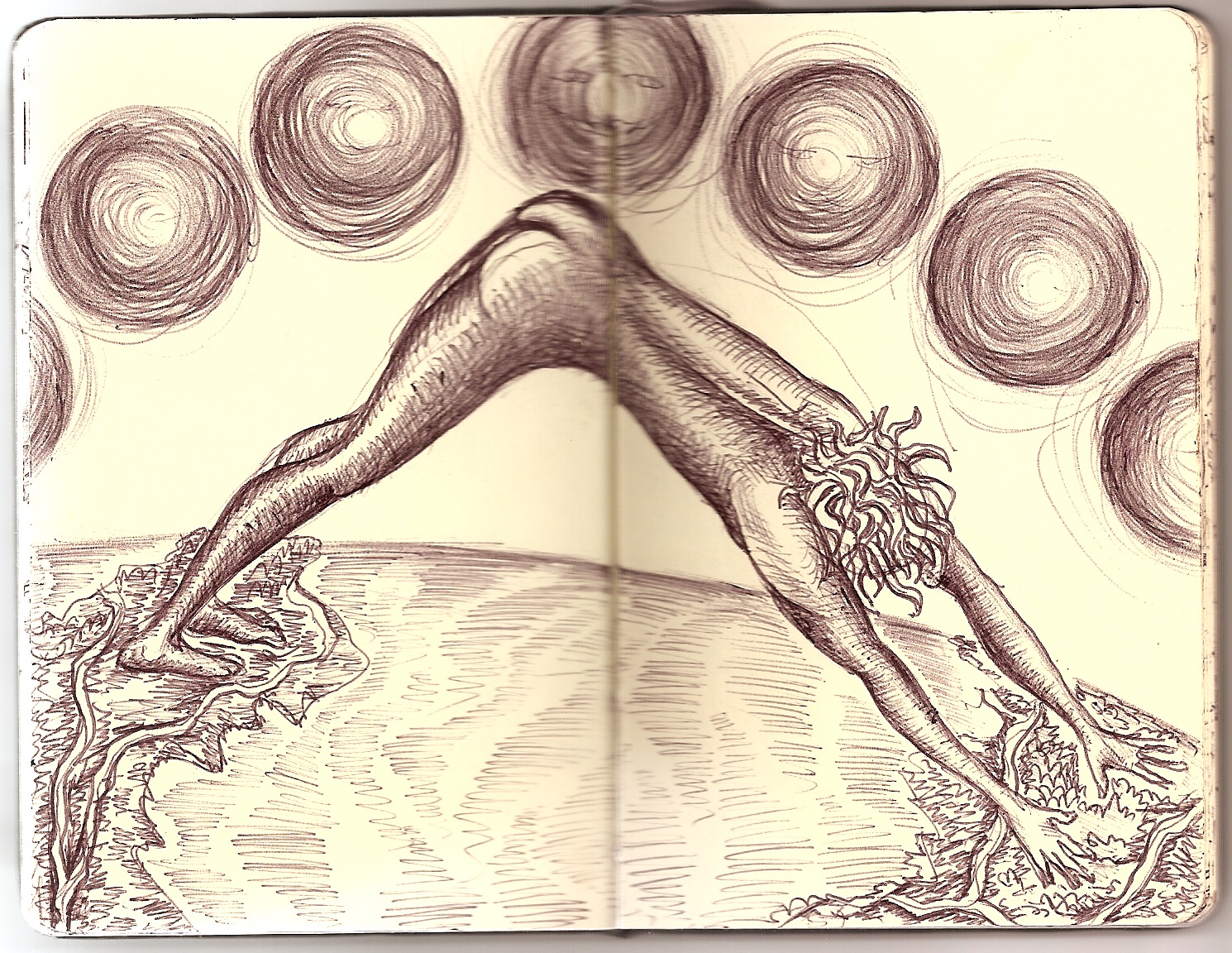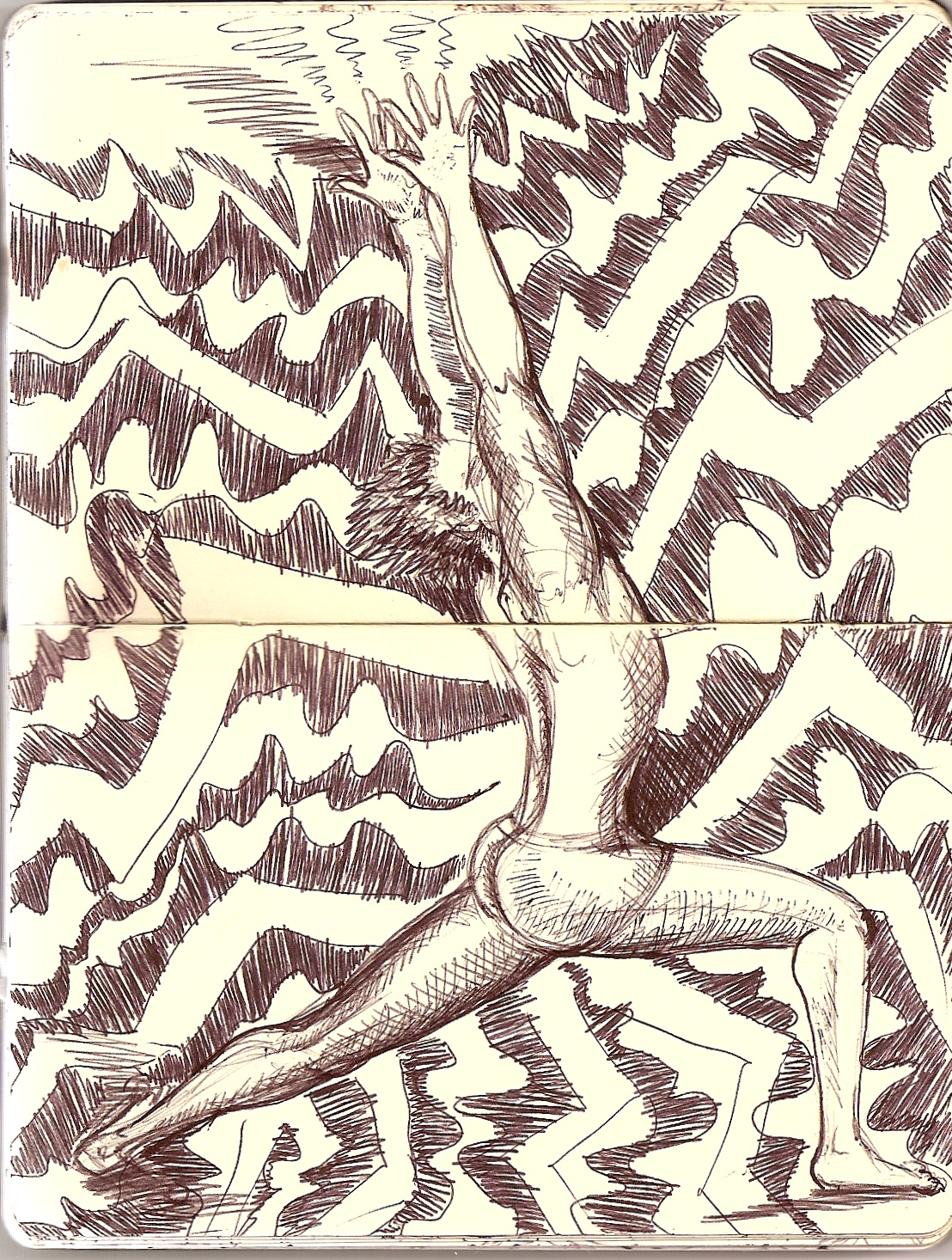Debunking the NY Times for Debunking Yoga
High in the computer-free cloud forest of Costa Rica two weeks ago, another vacationing yoga teacher handed me the NY Times magazine article on by W. Broad with the dismaying title that ought to have been, “How to Create Undue Panic over a Simple & Healthy Offering to the World”.
Being a longtime subscriber to the Sunday Times—even though I reside in St. Augustine, Florida—my first gasp was that any editor in their coffee-punctuated state would let such a one-sided, biased, sensationalized version of any topic (“How Yoga Can Wreck Your Body”) go to print, much less on a subject that has brought such abundant hope, healing, and possibilities to many generations of Americans as yoga has. Only now able to reach a keyboard to express my dismay, I belatedly write but hope you’ll print my plea. (this is a copy of actual letter sent to NYTimes magazine editor)
I specialize in teaching yoga to incarcerated youth and other stressed-out individuals. No student (out of hundreds) has ever suffered even a slight injury. Unfortunately, Mr. Broad (and his editors) focused on only several freak horrors that, no doubt, did happen. But then I’ve heard of ordinary housewives who inadvertently have electrocuted themselves washing dishes, too. Does this condemn that ubiquitous domestic act for the rest of us? In good faith, I beg of you to consider a follow-up article (I would be willing to write it for you!) about the pros and cons, the benefits and the hazards (as all things in life present) concerning the American way of practicing yoga in today’s crazy, hectic world.
How sad that you encouraged Mr. Broad’s debunking such a specially-unaffected (in its basic method of practice) approach to health and well-being rather than present the truth of hatha yoga’s awesome, yes, even miraculous effect on people’s lives.
If more people practiced yoga the crippled healthcare system would have a built-in safety-valve release, not to mention the over-burdened psychiatric field. Instead of Prozac, we yogis breathe. Instead of meds in general, we meditate. For starters you did not even mention the true purpose of the poses (asanas) is to lead up to the blissful state of meditation, that’s how lacking Mr. Broad’s information was. For every injury in a yoga class there are legions of physically-relieved, mentally buffed-up, and yes, even divinely-inspired happy students. There are plenty of us, even sixty-four year olds like me, walking around celebrating the joys of yoga, and all of us are debunking the high-minded NY Times because it has made a serious gaff in its uncharacteristically biased reportage here. Shame on you, New York Times! Set the record straight, and report the subject truthfully.
Respectfully
teZa Lord RYT
lifelong yogini, writer, artist;
spiritual revolutionary who arts
charter for compassion activist (see www.charterforcompassion.org )

